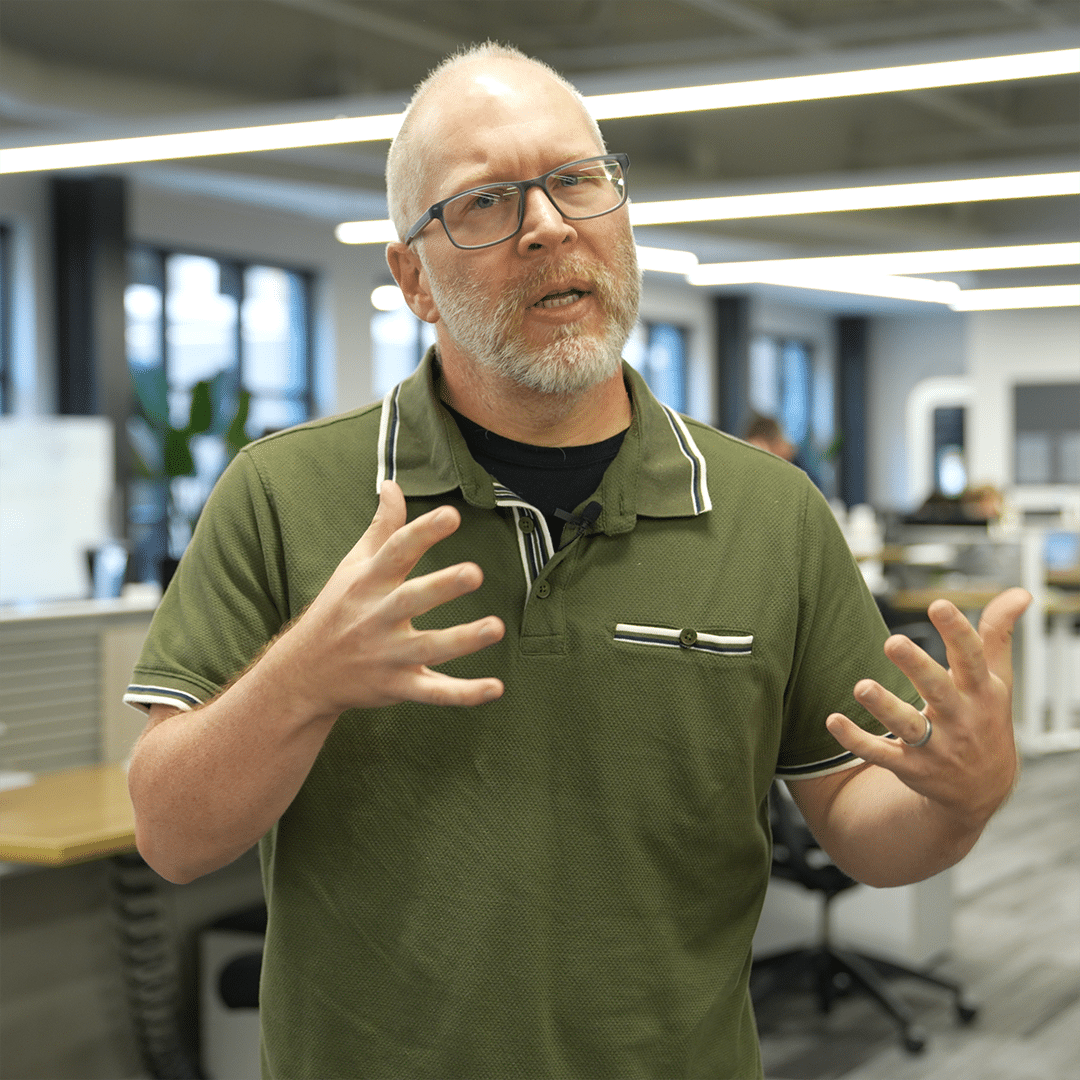Where to Innovate in Marketing and Customer Experience with Limited Resources
JOHN GOUGH
Video Transcript
I want to talk for a minute about how to innovate when resources are constrained. So typically when we talk about innovation, we talk about it in two categories. We talk about innovating products. And that’s really the one that probably gets 80% of the attention.
We talk about innovating processes, and so when we get into an environment where resources are tight, the things that we want to spend less money on, the ones we want to pull back on are really going to be around product because product innovation is typically takes a long time.
It’s generally more expensive and it is the sort of thing that you can’t see immediate benefit from. So instead we’d shift our attention and say, how can we innovate in our process? And I would say that in general, and particularly in a marketing organization, innovating around process is the thing that where there is the most low hanging fruit, there’s lots of opportunity and especially I would say, in customer experience.
So we spend a lot of time in marketing, thinking about and trying to get net- new customers, new leads, people who haven’t experienced our product before, in the door, aware of us with lots of money, lots of attention, lots of time in those campaigns. So we spend comparatively less time talking to the people that we already know, the people that have already purchased from us that we could be addressing again and marketing to and driving more customer value over time.
And so when we talk about where we can innovate in that particular space, we’re really talking about things like how are how often are we communicating with them? What kind of messages are they getting? What is the experience like when they call into our company?
And are we really refined in that or are we lackadaisical about it? Sometimes it doesn’t feel like a marketing activity, but really it is. So let me give you an example. A couple of years ago, we did some research for a market leading manufacturer who you would have expected to have this entire process buttoned up.
But what their CX team found, with again, just a little bit of research was that there are six or seven opportunities that they could bring into their customers immediately without a lot of additional investment with the team they already had that would amplify that customer experience and it would drive customer value over time.
That’s what I mean when I say that this kind of innovation, this process focused innovation, this customer experience focused innovation doesn’t have to be expensive or hard and can show you immediate gain. So when we’re talking about are we going to innovate in product or process, where are we going to invest our time and our money when we have these resource constrained environments?
That’s why I’m going to encourage you to look towards process before you look towards product. The other thing that we should point out is that this is the thing that in a strong economy is likely to drive a price premium. If you are known as a leader in customer experience, you can get more money for that. In a time of lean resources. you might have to settle for just driving market share, and that is a perfectly acceptable way to drive the business.
And then when the economy improves, when the resources become available again, that’s when you get to turn that new footprint that you’ve established in to price premium over time.
Sharing Expertise
What good is learning something if you don't pass it on? You can tap into what we know right now – from dealer programs to determining brand architecture – and you don't have to give us a thing.




